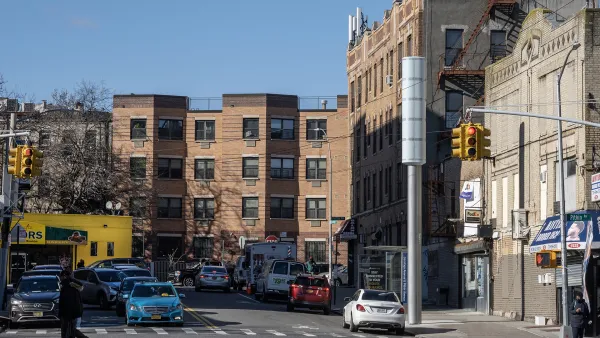Many cities rely on basic WiFi and 2G networks for their sensors and connected devices. As the number of devices increases, and carriers are abandoning 2G, new wireless standards have emerged, offering more range and flexibility.
Most of the current machine-to-machine (M2M) connectivity is working over the 2G GPRS standard, requiring 2G EDGE coverage and SIM cards. As operators phase out some 2G networks, in part to reduce cost, new standards have emerged in the past five years: Zigbee, LoRa, LTE-M, Wi-Fi 802.11ah (HaLow) and 802.11af (White-Fi).
Depending on the application, security needs and cost factors, some are better than others.

FULL STORY: CONNECTIVITY Top wireless standards for IoT devices

Analysis: Cybertruck Fatality Rate Far Exceeds That of Ford Pinto
The Tesla Cybertruck was recalled seven times last year.

National Parks Layoffs Will Cause Communities to Lose Billions
Thousands of essential park workers were laid off this week, just before the busy spring break season.

Retro-silient?: America’s First “Eco-burb,” The Woodlands Turns 50
A master-planned community north of Houston offers lessons on green infrastructure and resilient design, but falls short of its founder’s lofty affordability and walkability goals.

Test News Post 1
This is a summary

Analysis: Cybertruck Fatality Rate Far Exceeds That of Ford Pinto
The Tesla Cybertruck was recalled seven times last year.

Test News Headline 46
Test for the image on the front page.
Urban Design for Planners 1: Software Tools
This six-course series explores essential urban design concepts using open source software and equips planners with the tools they need to participate fully in the urban design process.
Planning for Universal Design
Learn the tools for implementing Universal Design in planning regulations.
EMC Planning Group, Inc.
Planetizen
Planetizen
Mpact (formerly Rail~Volution)
Great Falls Development Authority, Inc.
HUDs Office of Policy Development and Research
NYU Wagner Graduate School of Public Service




























